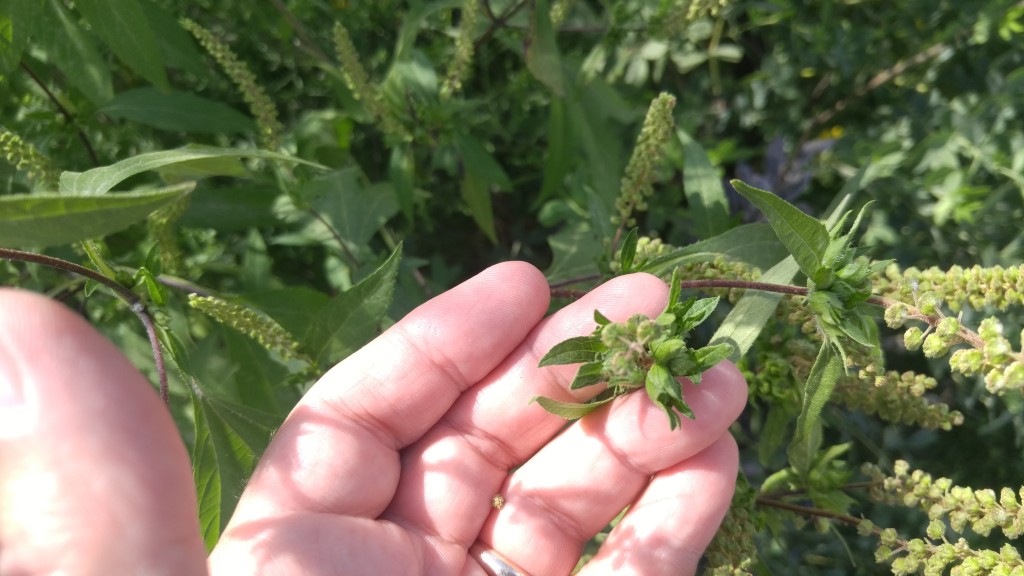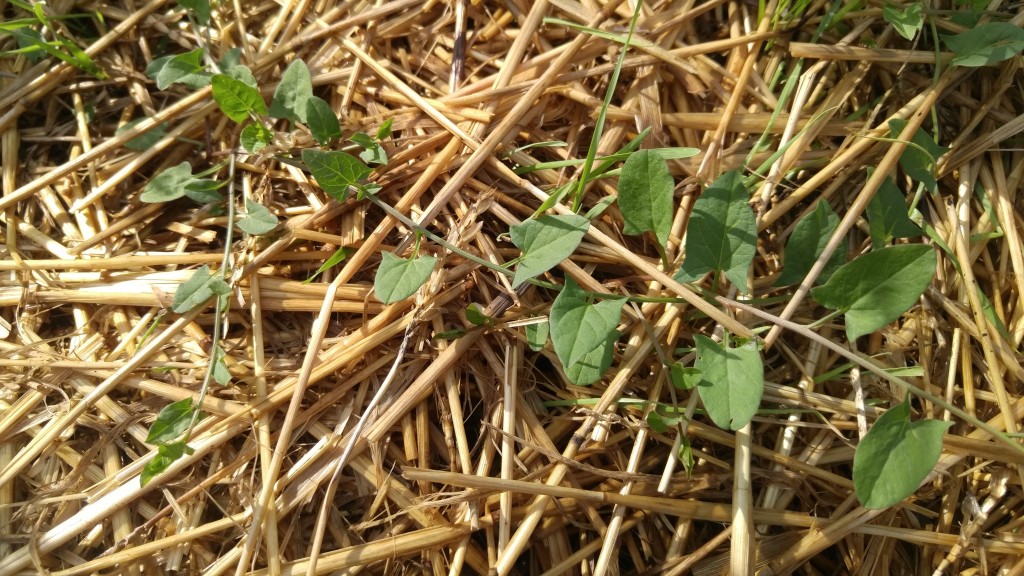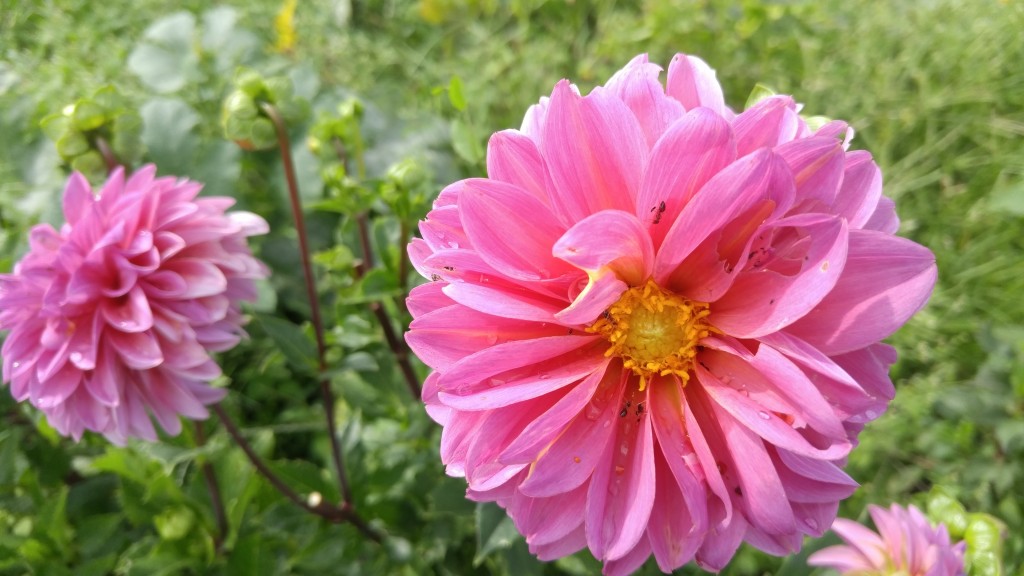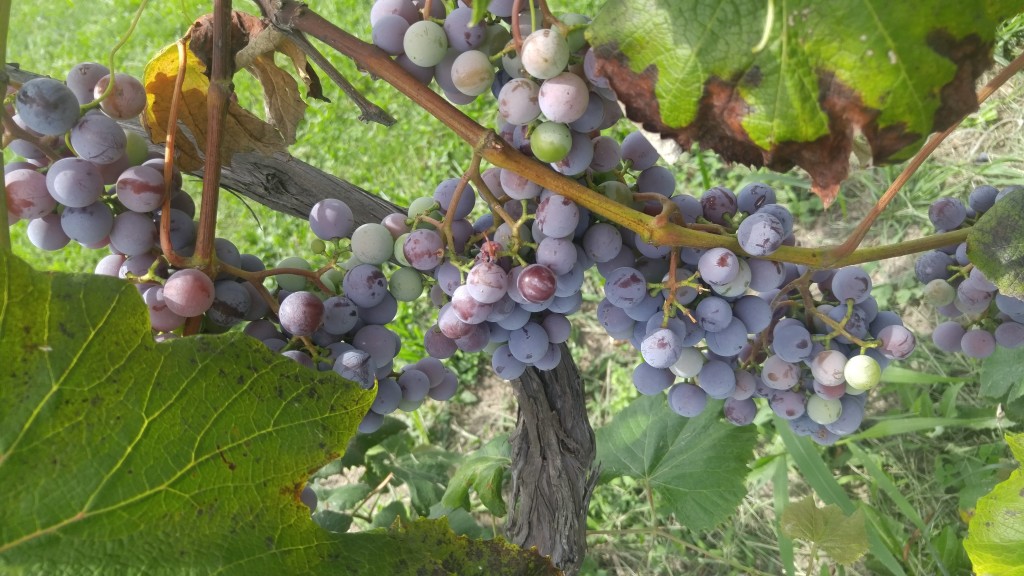Earlier this week I spotted a stand of giant ragweed growing next to a parking lot. That brought back memories from long ago when I had a small farm and was growing corn and soybeans. Back then there were a lot of those types of small farms around.
I was a young guy and was excited about my first crop of field corn. It was only 40 acres worth of corn, quite small even back then. I took the first truck load to the local grain elevator. The owner took one look at it and said he would not buy my corn. He told me it was contaminated with a small amount of giant ragweed seeds. He said he had only seen them once before in his entire career — lucky me.
The problem with giant ragweed seed is that although it is shaped differently, it is about the same size and weight as a kernel of corn. The seed cleaning equipment at that time could not remove ragweed seed from corn.
Nowadays, giant ragweed is all over the place. You can spot it in fields and in ditches along the roadways and competing with farm crops like corn and soybeans. It’s become a major problem on many farms.
Not only is it a major weed on farms but in certain areas, it is also a major contributor to the amount of ragweed pollen in the air. A single plant can produce ten million pollen grains a day or about one billion during its lifetime. Compare that to a another plant which produces large amounts of pollen, the corn plant which sheds two to twenty-five million pollen grains its entire life.
Giant ragweed is not as common as its cousin the common ragweed. Because the population of common ragweed is much higher than giant ragweed, most of the pollen in the air is of the common ragweed variety.
Giant ragweed is native to north america. It usually doesn’t show up in an area unless the soil has been disturbed for some reason, like tilling a field, or in this case, building a parking lot.
Fortunately, the grain dealer eventually took pity on me and bought my grain. Regulations allow a shipment of corn to contain a tiny percentage of weed seeds, not enough make a difference in the final product. So much corn was coming in during that harvest season that when my minuscule crop was mixed in to the rest, it virtually disappeared into the tons and tons of corn from other farms.
Bob



